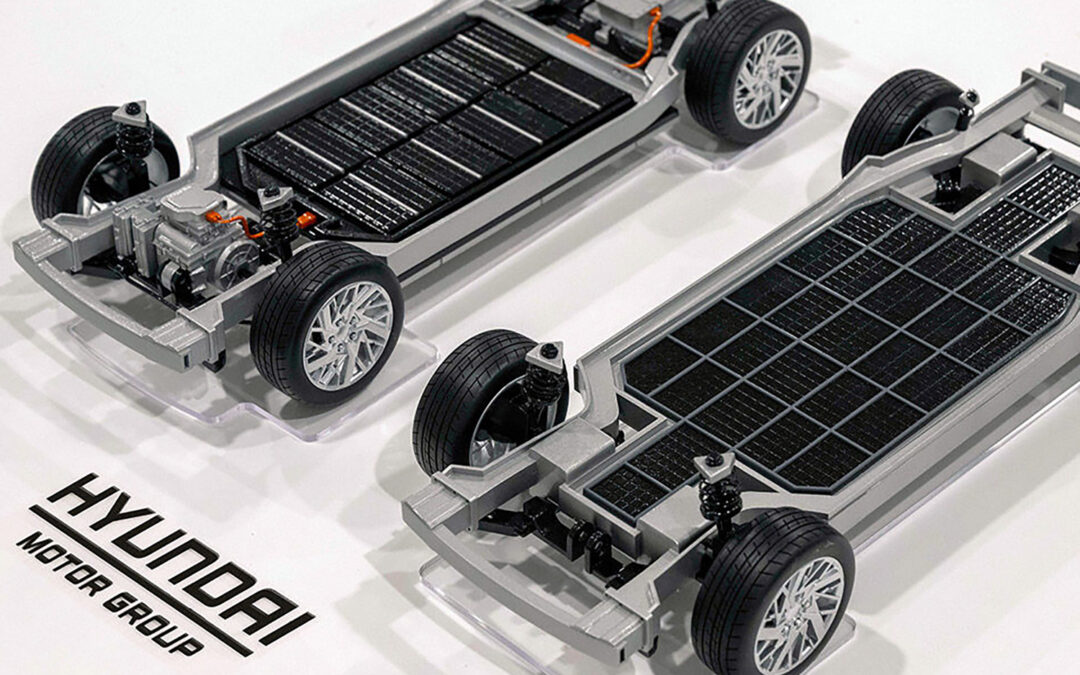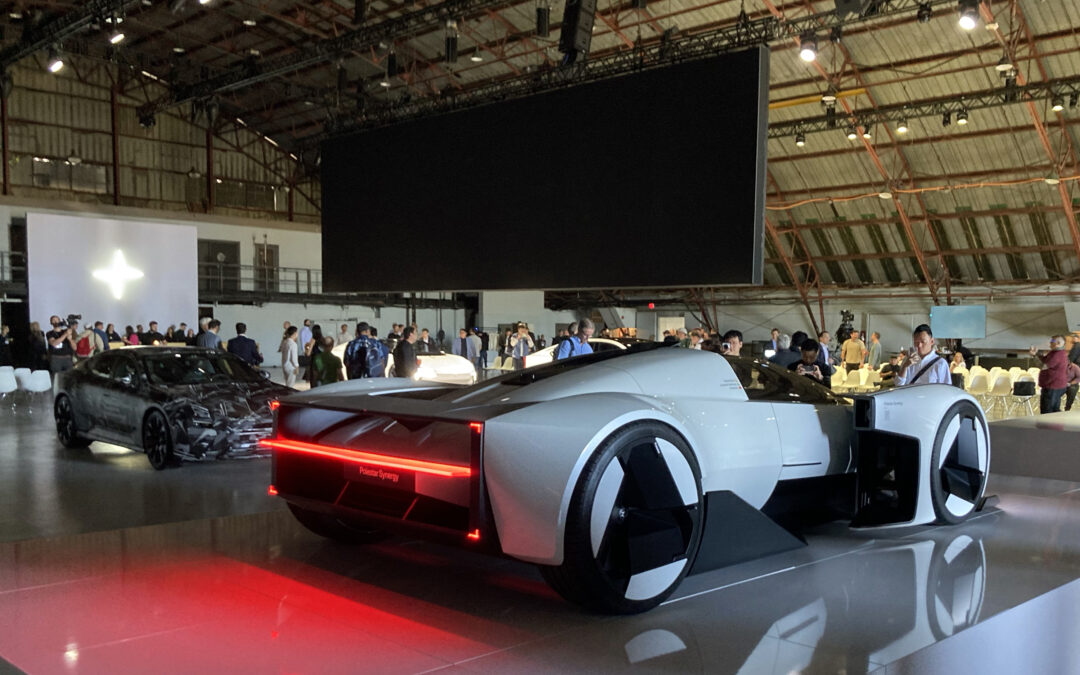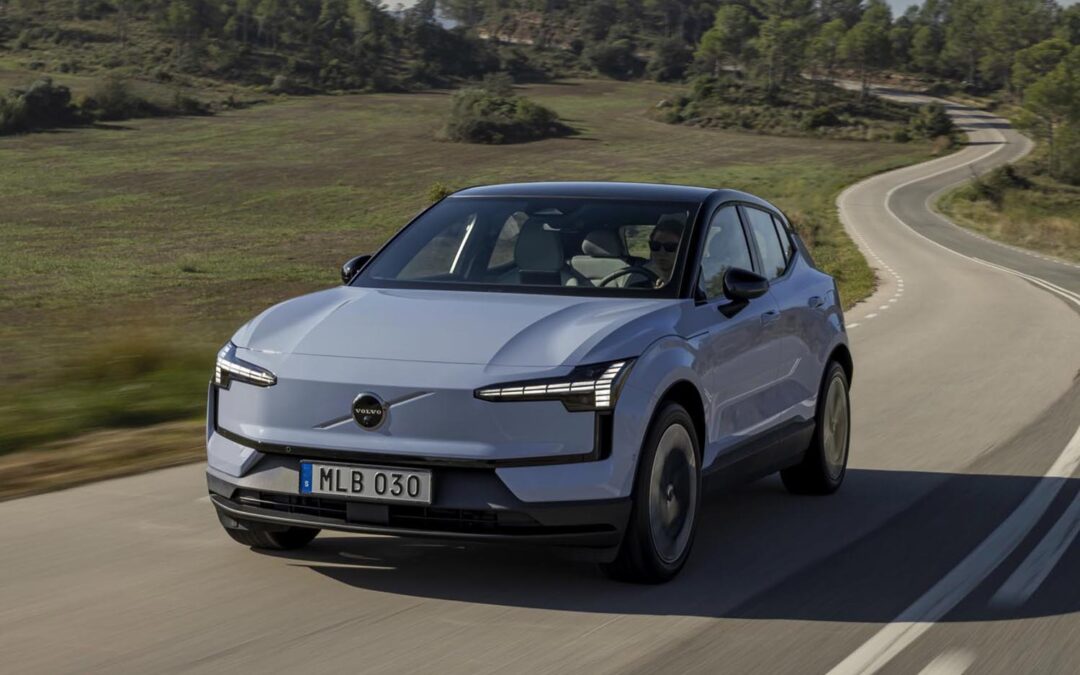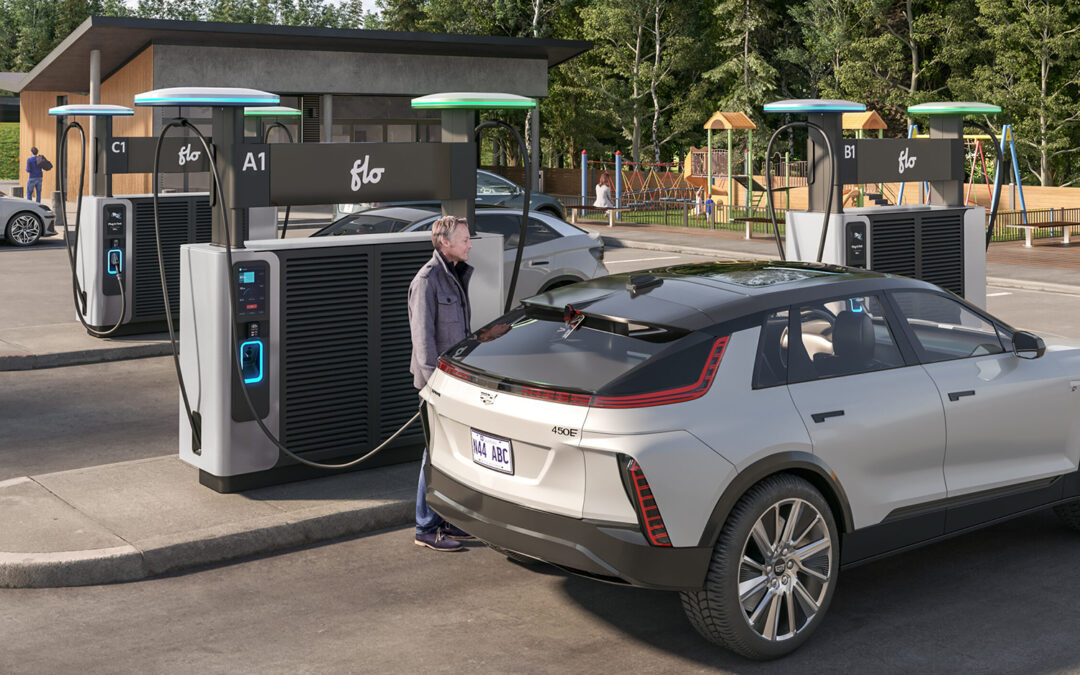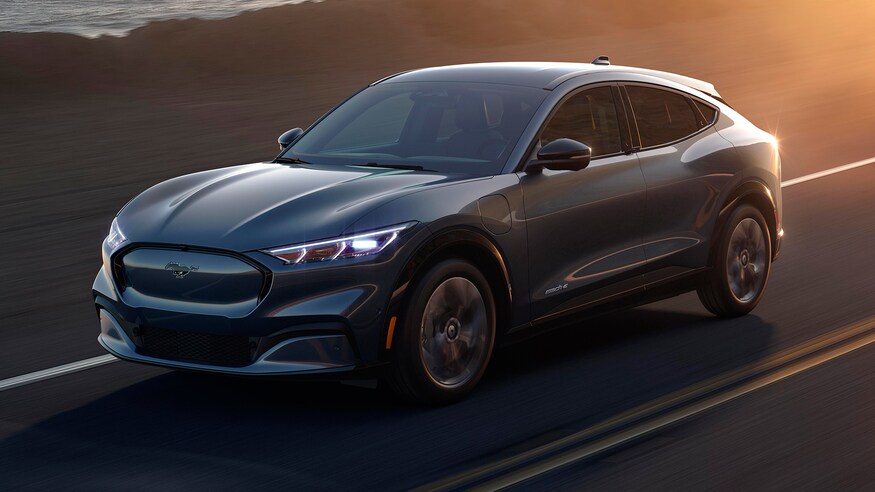You’re now far more likely to see an electric vehicle on Danish roads than a plug-in hybrid on Danish roads, according to a new report from independent watchdog, De Danske Bilimportører.
Recently released figures state that the number of pure-electric vehicles now registered on Denmark’s roads has reached 97,121. This usurps the 97,071 hybrids models – classified as an electric motor with either a gas- or diesel-fueled combustion-engine – registered since September last year. This despite a supply chain issues for low-emission vehicles, microchips in particular.
Tesla’s Model 3 was by far the most registered electric vehicle since September 2021, the 17,203 examples more than triple that of the second most ‘popular’ – also a Tesla, interestingly, the Model S – which came in at 4,696. Of particular note were the 4,556 and 4,250 figures attributed to Volkswagen’s ID. 3 and ID. 4, respectively, sales for which only began earlier this year.
On the hybrid side, meanwhile, the Ford Kuga was the most frequently registered with 12,981 examples to its name, more than double that of the Kia Niro (5,779), which, interestingly, had its pure electric version in the top 10 EVs list with a 2,970 total.
The root cause is said to come down to Denmark’s updated road tax system, which favours pure EVs over hybrid models as Europe moves towards a zero-emissions future for its road cars.
“There is a large growth in the share of rechargeable cars in the car stock in Denmark, which is due to a more relaxed tax and an increasingly large supply of rechargeable cars,” CEO of De Danske Bilimportører Mads Rørvig explains. “We expect that the share of electric cars in particular will increase significantly towards the year 2035, when all new cars in the EU must be zero-emissions cars.”
Granted, these figures are dwarfed by the number of ICE vehicles on Denmark’s roads: according to Statistics Denmark, of the 2.8 million vehicles registered, more than 1.8 million are said to be fuelled purely by gasoline, with diesel examples amounting to a further 780,000.
The report further suggests that a large part of this may come down to Denmark’s recharging network, with just over 6,000 stations up and running nationally. Admittedly, this figure has already risen from the 3,700 functioning examples from last year.
“When Danes are considering a new car, the possibility of easy and fast charging is a significant part of the decision if one is considering an electric car,” Mads Rørvig continues. “Therefore, the establishment of charging stations must be accelerated even more if the positive development is to continue.”
What do we think? Read on …
It probably won’t stagger you to learn that TheCharge’s collective knowledge of Denmark’s road network and road tax regulations, given its largely Toronto-based editorial team, is a little thin on the ground. But while this obscure news piece may seem a bit left-field, there are some interesting conclusions to be drawn.
Turns out, for example, though the likes of Volkswagen, Stellantis’ and the Nissan-Renault group continue to stake their respective claims as the de facto choice for EV convertees across Europe, Tesla, thanks to a long-entrenched pseudo-monopoly on the EV world and (ahem) a ‘charismatic’ figurehead, remains the bulls’ eye. Impressive registration figures for the brand-new ID. 3 and ID. 4 though – newboys compared with the now six-year-old, though admittedly updated Model 3, and with competitive pricing to-boot – suggest VW in particular is incrementally closing the gap with more ID models already confirmed for the coming years.
With potential EV ownership though comes a dependence on charging stations, residential and communal alike, with few interested customers ready to pull the trigger until the convenience of your local petrol station can be replicated for electric vehicles. Progress on that front is ongoing with Denmark close to doubling its network in the space of 12 months, but it’s clear that many motorists – Europe and worldwide alike – still aren’t ready to make the jump, given the still high number of hybrid models being sold and the comparatively astronomical number of ICEs still on Danish roads.
The key difference maker? Financial incentives. Turns out it’s all well and good promoting a greener future for the next generation and espousing the need to “do your bit,” but lessening the impact on your wallet is still one of the more effective ways to go.

